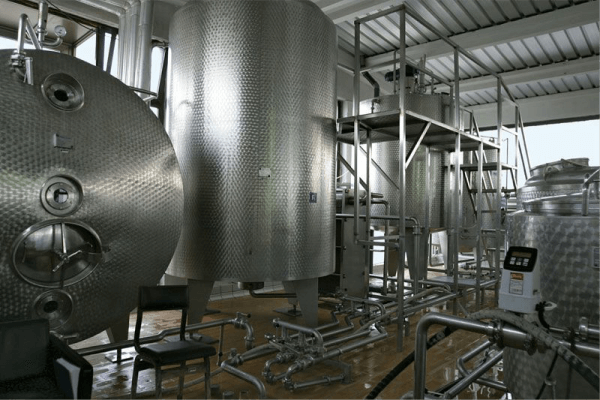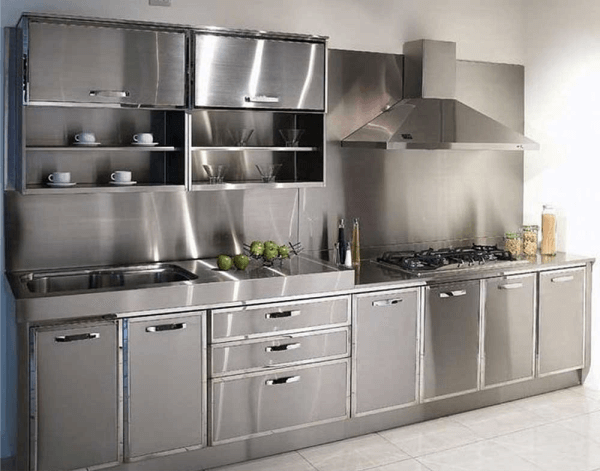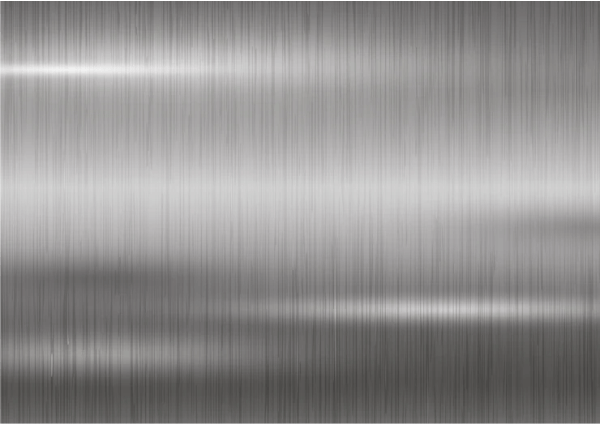Advantages and Disadvantages of SteelSteel is an iron alloy with delivered carbon to enhance its energy and fracture resistance compared to different types of iron. Many different elements can be gifted or delivered. Stainless steels, which can be corrosion- and oxidation-resistant, typically require a further 11% chromium. Steel is utilized in buildings, infrastructure, tools, ships, trains, automobiles, machines, electric appliances, weapons, and cruise missiles because of its excessive tensile energy and coffee cost. Steel's basis metallic is iron. Depending on the temperature, it can take crystalline forms (allotropic forms): body-targeted cubic and face-targeted cubic. The interplay of iron allotropes with the alloying element, number one carbon, offers metal and forged iron their awesome properties. Advantages of Steels
Steel systems are very reliable. The motives for this reliability consist of consistency and uniformity in properties, higher great management due to the manufacturing facility, huge elasticity, and flexibility. Suppose exceptional specimens of a few sorts of metallic are examined withinside the laboratory for yield stress, final strengths, and elongations. In that case, the variant is much lesser than different substances like concrete and wood. Further, due to the fact of a homogeneous and elastic material, metallic satisfies the maximum of the assumptions concerned withinside the derivation of the evaluation and layout formulation, and the outcomes acquired and reliable. This will be different in concrete systems due to heterogeneous material, cracking, and non-linearity of the stress-stress relationship.
Rolled metal sections are synthetic in factories. The handiest becoming a member of those additives is completed on the web website online by putting in rivets or bolts and welding distinct additives. Sometimes elements of the shape also are assembled withinside the factories; that is, there may be an extraordinary version of prefabrication. Manual mistakes lessen substantially in such cases, the production velocity will increase, and the entire fee will be reduced. Also, the number of individuals can be reduced and organized for factory meetings.
Because of the economic nature of metallic construction, the progress of the paintings is speedy, making the systems economical. The cause is that those systems may be placed to apply earlier. The discount in hard work price and overhead adjustments and the advantages received from the early use of the construction contributes to the economy.
With the excessive electricity of metallic, according to the unit weight method, the useless masses can be smaller. It is to be cited that useless masses are a larger part of the entire masses on the structure. When the useless load reduces, the below contributors are nonetheless smaller because of much less weight performing on them. This reality is of excellent significance for long-span bridges, tall construction, and systems having terrible basic conditions. 
Steel is a homogeneous and uniform cloth. Hence, it satisfies the simple assumptions of a maximum of the evaluation and layout formulas. If well maintained through painting, etc., the residences of metal no longer extrude notably with time, whereas the residences of concrete in a strengthened concrete shape significantly changed with time. Hence, metal systems are greater durable.
Steel behaves towards layout assumption than the maximum of the opposite cloth as it follows Hooke's regulation as much as pretty excessive stresses. The strain produced stays proportional to the pressure carried out of the strain-pressure diagram and stays instantly lined. The metal sections no longer crack or tear earlier than the last load, so the moments of inertia of a metal shape may be calculated. The moments of inertia acquired for a strengthened concrete shape are alternatively indefinite.
The Property of a cloth that can resist big deformation without failure beneath excessive tensile stresses is stated to be its flexibility. Mild metal is a completely malleable material. The percentage elongation of a widespread anxiety check specimen after fracture may be as excessive as 25 to 30%. This offers seen deflections of proof of imminent failure in case of overloads. The more hundreds can be eliminated from the shape to save you crumble. Even if a crumble does occur, time is to be had for occupants to vacate the building. Excessive pressure concentrations increase at numerous points in structural contributors beneath daily hundreds. The malleable nature of the standard structural metal permits them to yield domestically at the one's points, redistributing the stresses and stopping untimely failures. 
Additions to current metallic systems are very smooth to make. Connections between new and current systems may be hired very effectively. New bays or maybe completely new wings can be delivered to the current metallic bodybuilding, and metallic brides can also regularly be widened.
Steel sections can be reused after a shape is disassembled.
Steel has a scrap price, although it isn't always reusable in its current form.
Steel systems offer impervious production, and systems like reservoirs, oil pipes, fuel line pipes, etc., are ideally crafted from structural metallic. 
High-upward thrust homes, lengthy span bridges, and tall transmission towers are made from structural metallic. Industrial homes with as much as a span of 90.m may be designed through plate rafters or trusses. The Bridge spans as much as 260.m are made with plate girders. For thru truss bridges, Bridge spans of 300.m were used.
For brief systems, metallic production is constantly preferred. Army buildings in the course of battle are often constructed from structural metallic. The systems can be disassembled through the beginning few bolts, and factor elements are carried to new locations are the shape is without problems reassembled. Disadvantages of Steels
Most steels are vulnerable to corrosion while freely exposed to air and water and should be periodically painted. This calls for a greater fee and unique care. The use of weathering steels in strong layout applications tends to remove this fee. If now no longer nicely maintained, metal contributors can free 1 to 1. five mm in their thickness every year. Accordingly, such structures can free weight as much as 35% for the duration of their distinct lifestyles and may fail below the outside loads.
Although metallic contributors are incombustible, their electricity is fairly decreased at temperatures triumphing in fires. At approximately 400ºC, creep turns into a whole lot greater pronounced. Creep is described as plastic deformation beneath a consistent load for an extended time. This produces excessively huge deflections/deformations of fundamental contributors forcing the opposite contributors to better stresses or collapse. Steel is an outstanding conductor of warmth and can transmit sufficient warmth from a burning compartment of construction to begin hearthplace in different construction elements. An extra fee is needed to well hearthplace evidence of the construction.
Steel, while used for columns, is from time to time now no longer very cost-efficient due to the fact good sized cloth has for used to stiffen the columns towards buckling. The metallic sections commonly include a mixture of skinny plates. Further, the general metallic member dimensions are smaller than strengthened concrete individuals. If those slim individuals are subjected to compression, there are more possibilities of buckling. Buckling is a sort of fall apart of the individuals because of unexpected massive bending due to a crucial compressive load.
In a few countries, metallic is only sometimes to be had in abundance, and its preliminary value is range excessive in comparison with the alternative structural materials. This is the maximum full-size component that has resulted withinside the decline of metallic systems in those countries.
For sure kinds of buildings, the metallic shape is architecturally preferred. However, for most residential and workplace buildings, metallic systems without using fake ceilings and cladding are considered to have a terrible aesthetic appearance. A substantial value is spent on such systems to enhance their appearance. Cladding is a masking of metal, plastic, or wood placed on a structural member's floor to encase it. The cladding now no longer simplest protects the member but improves its appearance. The ConclusionSteel is a versatile building material with numerous construction applications. Steel structures offer extremely versatile detailing solutions that can enhance architectural design during the creative process. Hybrid constructions that incorporate other materials or building services open up new design possibilities. Steel structures, as opposed to solid building parts and materials, can be broken up to achieve maximum filigree quality. Membrane-like cable structures and nets can be as effective as large beams. The precise execution provided by a high level of prefabrication gives the designer a wide range of design options. Constant advancements in material qualities and properties offer promising prospects. Aside from the innumerable technical applications for steel, architecture remains a primary focus. Mies van der Rohe and Jean Prouvé's buildings demonstrate a highly skilled combination of structural awareness and design talent. They combine these in a material-specific formal idiom. This combination of knowledge and creativity must be taught because it is fundamental to steel construction. |
 For Videos Join Our Youtube Channel: Join Now
For Videos Join Our Youtube Channel: Join Now
Feedback
- Send your Feedback to [email protected]
Help Others, Please Share










